The Federal Emergency Management Agency’s 2023 National Household Survey on Disaster Preparedness made a startling discovery: Less than half of American adults have taken the time to prepare for a disaster scenario.
Do you fall into this category? If so, it would be worth taking steps to remedy this immediately. You’ll be glad you did if you’re ever forced to deal with an emergency.
The most effective way to prepare for the unexpected is to create an essential survival gear checklist and work through it to ensure you have everything you need to survive even the most dangerous situations.
Find out about all the different items that should appear on your survival checklist below.
Durable Heavy-Duty Bag
You never know when disaster might strike. One minute, everything in your life might seem perfectly normal, and the next, you might have no choice but to pick up whatever you can grab and take it with you as you strive to survive in a situation that pushes you to your absolute limits.
Wouldn’t it be nice to know that you have a bag filled with items that will make it slightly easier to look danger directly in the eyes and laugh at it?
Of course, it would, which is why you should secure a durable, heavy-duty bag to pack the items you’ll need. The bag should be large enough to fit everything on this list without weighing you down.
When choosing a bag, consider every detail. Ideally, you should look for one specifically designed to withstand the elements and whatever Mother Nature throws at you.
Bright Flashlight (and Plenty of Extra Batteries!)
Americans are enduring more power outages than ever before. According to the U.S. Energy Information Administration, the average American household has to live without electricity for over five hours each year.
This might not sound like much, but it’s worth noting that tens of millions of Americans don’t lose power at all or only use it for a few minutes at most annually. Many others are left without power for much longer stretches of time, with a select few losing electricity for days and even weeks on end.
If you’re ever in a place that doesn’t have power for a long time, having a bright flashlight with a wide range of settings could save the day. It should be one of the first items you obtain when you’re creating a survival gear bag. You should also grab more than enough extra batteries to go along with it.
Fully Stocked First-Aid Kit
Whether you’re stuck in your house for an extended period during a prolonged power outage or you’re stranded out in the middle of nowhere, you’ll end up in a tough spot if you get hurt. You might not be able to seek the medical attention you need immediately, which is why it will help to have a first-aid kit handy.
This first-aid kit should include just about anything that you might need to nurse an injury during an emergency. From small bandages to cover up nicks and cuts to tourniquets that could prevent you from losing massive amounts of blood in a bad accident, you shouldn’t be shy about gathering first-aid supplies you can use in any scenario.
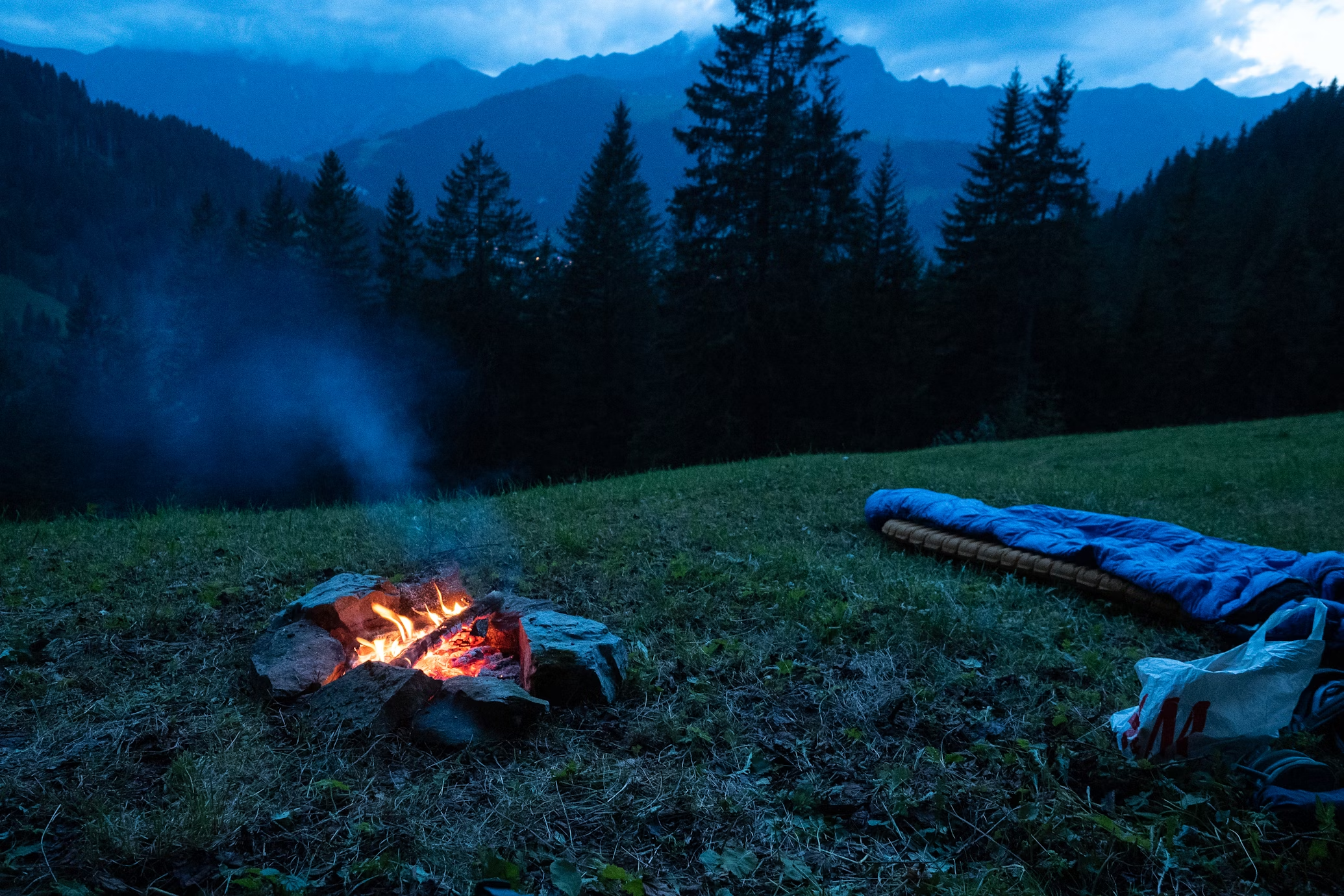
Warm Sleeping Bag and Blankets
Of all the items we suggest you put into a survival gear bag, these are inevitably going to take up the most space. However, warm sleeping bags and blankets can be stuffed into an emergency bag without requiring you to remove other items first and leave them at home.
Shop for sleeping bags and blankets that are made to go inside survival kits. They might cost you a little more than traditional sleeping bags and blankets, but their thinner designs will help you make the most of the room available inside your bag. Despite their size, they’ll also likely be even warmer than heftier sleeping bags and blankets.
Rain Gear
A recent NASA study discovered that global warming is increasing the number of droughts that Americans are subjected to annually. This might lead you to believe that you can get away with not packing rain gear in your survival bag. But unfortunately, this couldn’t be further from the truth.
This same NASA study also found that, while droughts are on the rise due to global warming, so are so-called “extreme wet events.” This suggests you could be put into a precarious position where you’re forced to face torrential rains for hours or even days at a time.
For this reason, you should pack as much rain gear as you can in your bag while preparing for the worst. You’ll be happy to have it on hand if you encounter rain, snow, ice, or another form of precipitation.
Extra Clothing and Shoes
In a perfect world, you could fill a survival bag with a handful of different outfits that would enable you to remain comfortable in just about any condition. But since you’re preparing for a situation that will be far from ideal, you should settle for two or three extra outfits that will allow you to change into something else if you get wet, dirty, or even bloody during an emergency.
You should also have at least one extra pair of shoes in your bag, and they should preferably be shoes that serve a different purpose than the ones you already have on your feet. If, for example, you usually wear sneakers on a daily basis, you might want to stick a pair of boots into your bag. You can put them on to protect your feet if danger ever rears its ugly head.
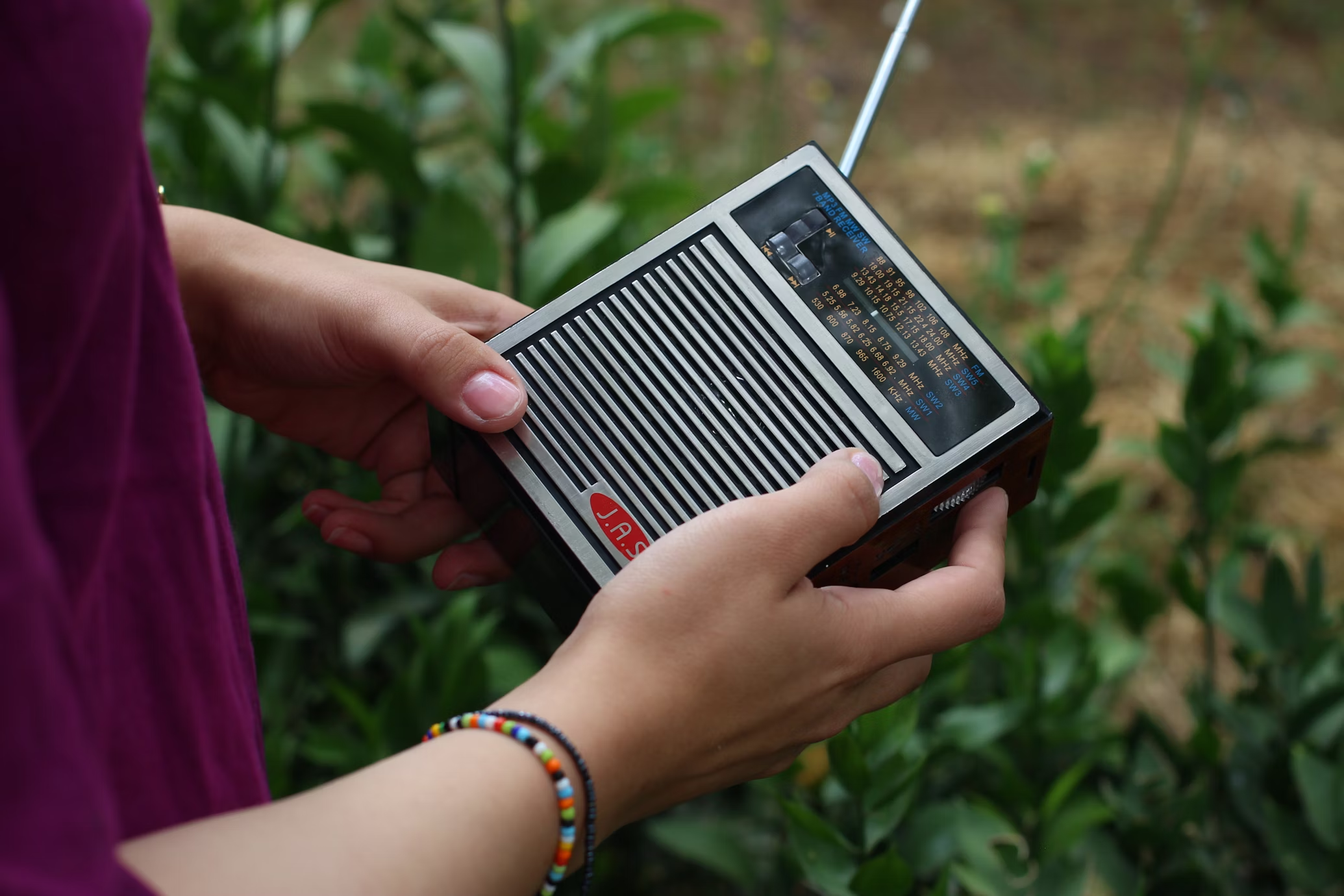
Several Communication Devices
Most Americans spend an average of about five hours on their cell phones each day. It’s safe to say that if you ever get stuck in the middle of an emergency, you’ll have your phone nearby, so you can use it as necessary.
However, what happens if you suddenly lose cell service and need to communicate with others? A cell phone will not help much in this situation, so having a few other options would be nice.
Start by packing an amateur radio, better known as a ham radio, into your survival gear bag. Buy some walkie-talkies for your survival kit, too, and stockpile batteries to ensure the most life possible out of them.
You might even want to go the extra mile and pack things like flares that you can light off to indicate you need help. They’re a low-tech form of communication that could be more useful than the latest iPhone in a situation where you have to do whatever it takes to survive.
Compact Solar-Powered Generator
As recently as just a few years ago, the idea of putting a generator into a survival bag would have been laughable. Generators used to be very large, extremely heavy, and impractical for those preparing for a worst-case scenario.
But generators have come a long way over the last few years. They’re more compact than they once were and don’t weigh as much as you might think. In many cases, they’re also equipped with solar panels, so you can charge them with the sun and use them to power all your various electronic devices in an emergency.
There is a chance you may ultimately decide not to pack many electronic devices in your survival bag due to space constraints. If this is the case, you’re welcome to leave a solar-powered generator out of the mix. But having one around is never a bad idea if you have room to spare in your bag.
Basic Compass
Do you have an excellent sense of direction? This might actually work against you when you’re prepping for an emergency since it may trick you into thinking you don’t need to worry about bringing a compass along. But trust us: It never hurts to have one!
A basic compass is one of the oldest survival tools, but it’s still as effective today as it was way back when. You can get yourself out of almost any difficult situation, at least from a directional standpoint, when you have a compass in your back pocket.
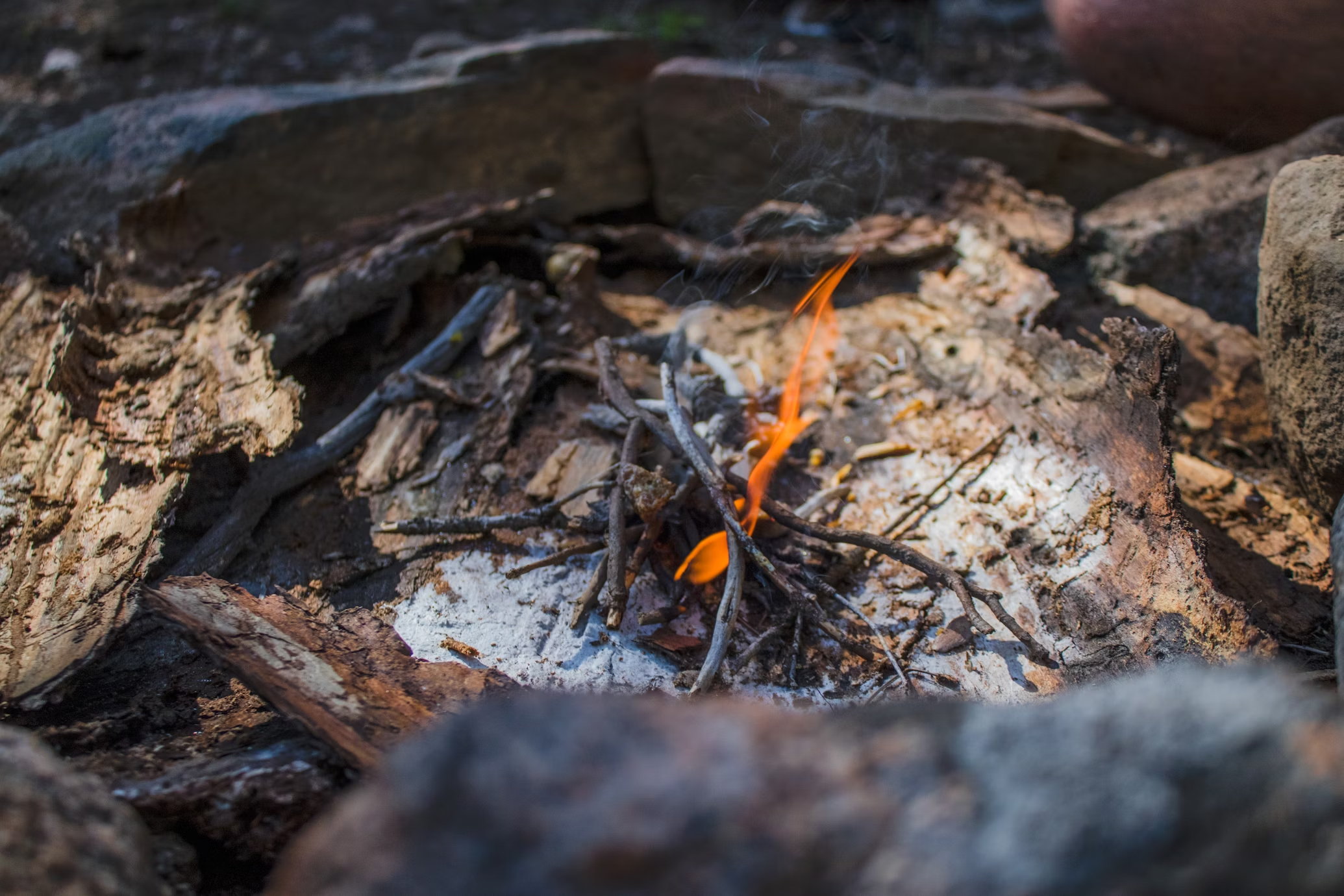
Fire-Starting Tools
We genuinely hope you don’t ever get put in a spot where you need to buckle down and make a fire. But if you’re involved in a true emergency, there could come a time when you have to set up shop and start a fire so that you can stay warm, cook food, and even just make it easy for others to potentially spot you when you’re lost in a place you don’t know well.
If you’re someone who loves spending time in the great outdoors, you might know all the tricks of the trade when it comes to starting a fire with little more than a few small branches. But otherwise, you should have matches, lighters, ferro rods, and other fire-starting tools at your disposal.
Fixed-Blade Knife
Fire-starting tools shouldn’t be the only tools you have tucked away in your survival bag. It would also be worth investing in at least one fixed-blade knife you can use in a variety of different scenarios.
A fixed-blade knife can be utilized to cut through heavy brush when you’re battling with Mother Nature during an emergency. It can also be used to cut up trees, and you can use it to start a fire and keep it going.
In rare instances, you might even have to pull out a knife to protect yourself and possibly even others. Whatever the case, having an everyday carry knife in your bag may work wonders for you if you ever find yourself in a bind.
Self-Defense Products
Speaking of self-defense, you should consider bringing more than a fixed-blade knife. We would also advise shopping for top-of-the-line self-defense products, including Kubatons, rhino bars, and gun parts.
Hopefully, you won’t actually need to pull out any of these self-defense products and use them. But it’s still better to be safe than sorry when staying safe from a self-defense perspective. You’ll feel a little better traversing across difficult terrain when you have weapons you can use to protect yourself from wild animals and even humans who might attempt to harm you in the midst of an emergency.
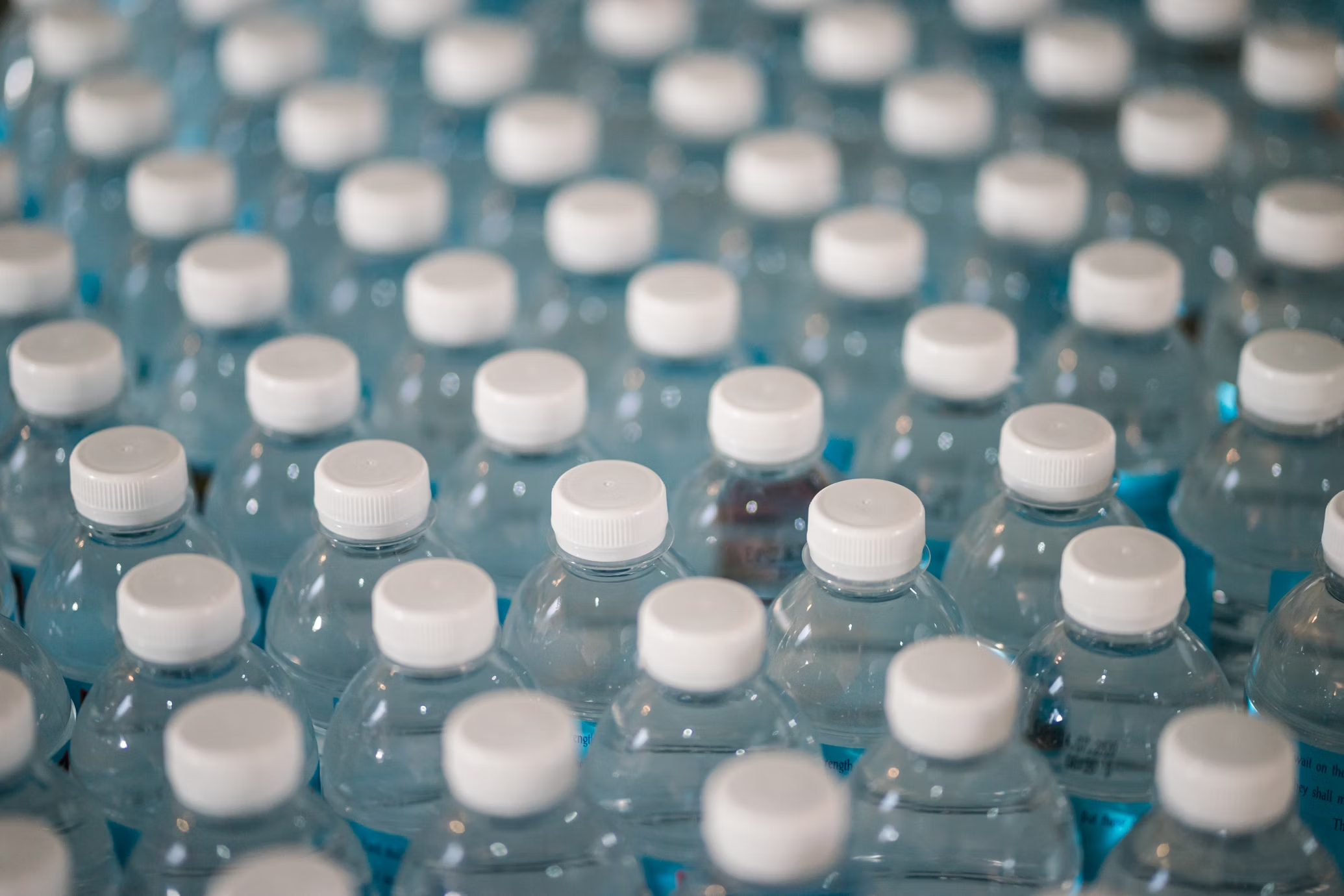
Fresh Water and Non-Perishable Food Items
This almost goes without saying, but you won’t be able to survive for very long without water and food in your survival bag. Even if you have everything else listed here, you’ll struggle to survive more than a few days without these critical items.
That said, stuffing even one jug of water into your survival bag will weigh it down greatly and may prevent you from bringing other essential items. Many regular food items also will not last long before they begin to spoil and have to be discarded.
With these things in mind, you should bring some drinking water and pick up tools that you can use to transform water from a river or lake into clean, drinkable water. You should also stock up on non-perishable food items, like canned meat, that will last for a long time unopened and fill you up fast.
You might also want to learn how to hunt for your own food, should the need arise. You’ll feel infinitely more confident while you’re trying to overcome an emergency when you have some basic survival tactics under your belt.
Start Putting Together These Survival Gear Must-Haves
The more prepared you are for an emergency, the better you’ll feel about being able to survive one. Run through our essential survival gear checklist and begin investing in each of the items we’ve mentioned here. It’ll be well worth the effort on your part if you ever have to survive a dangerous situation without much other advanced planning.
[Note: This was a guest post.]
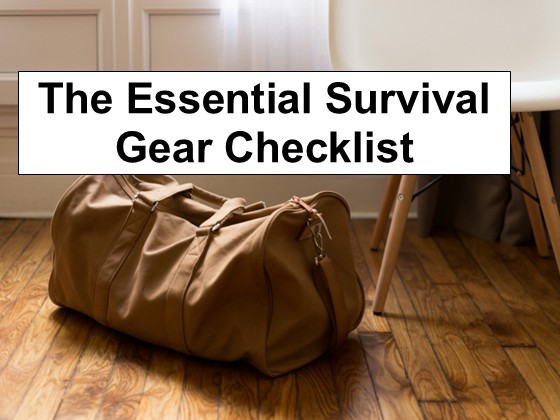
Leave a Reply